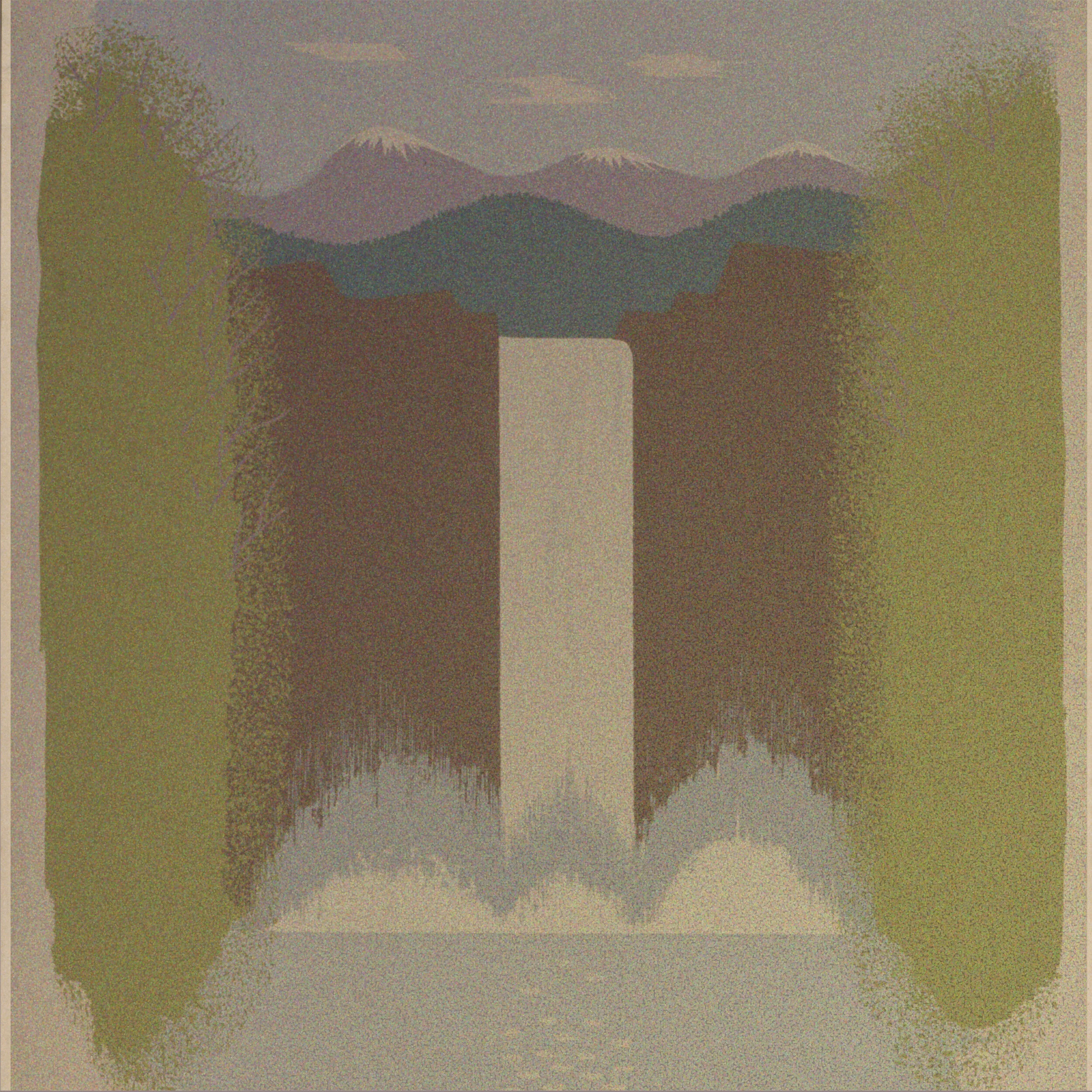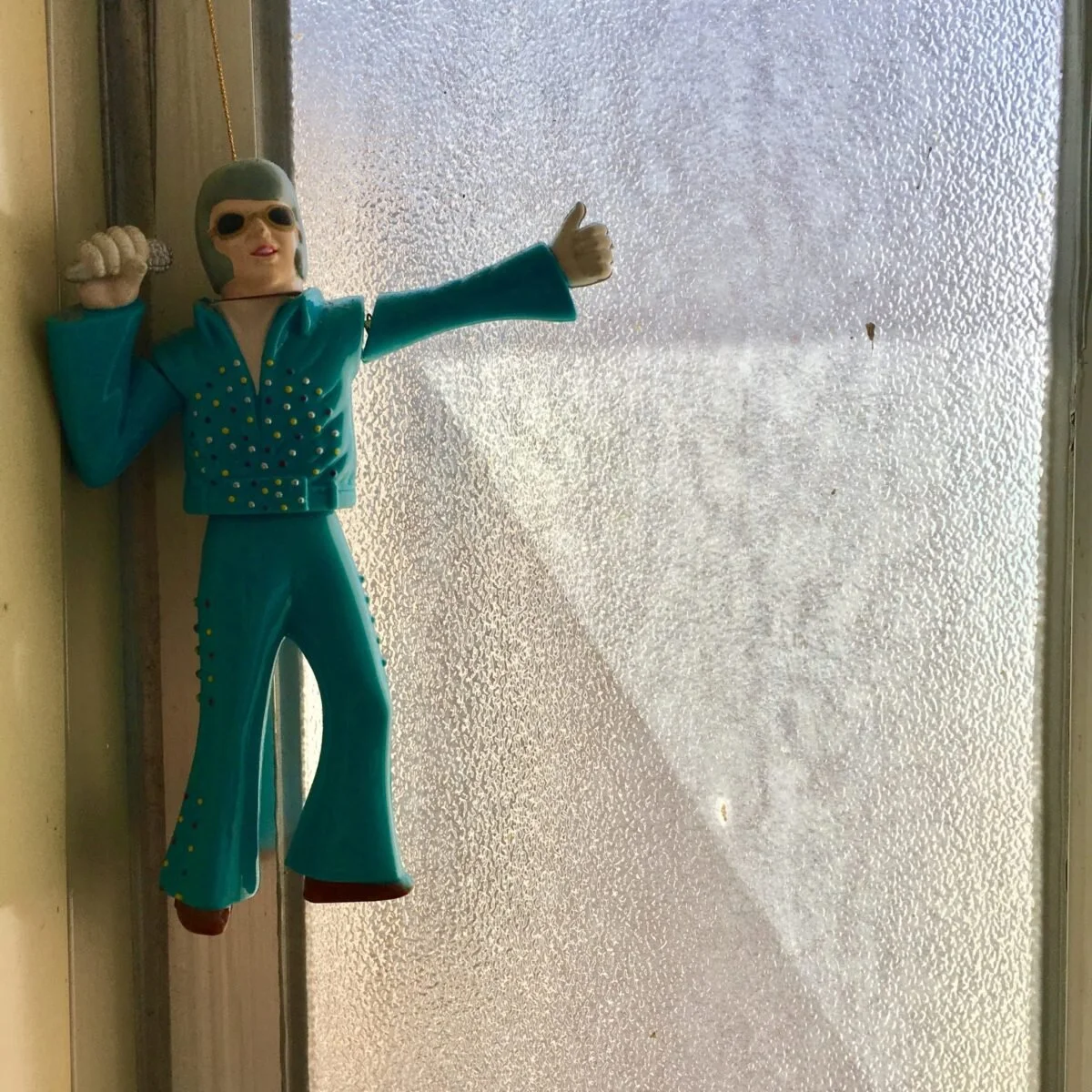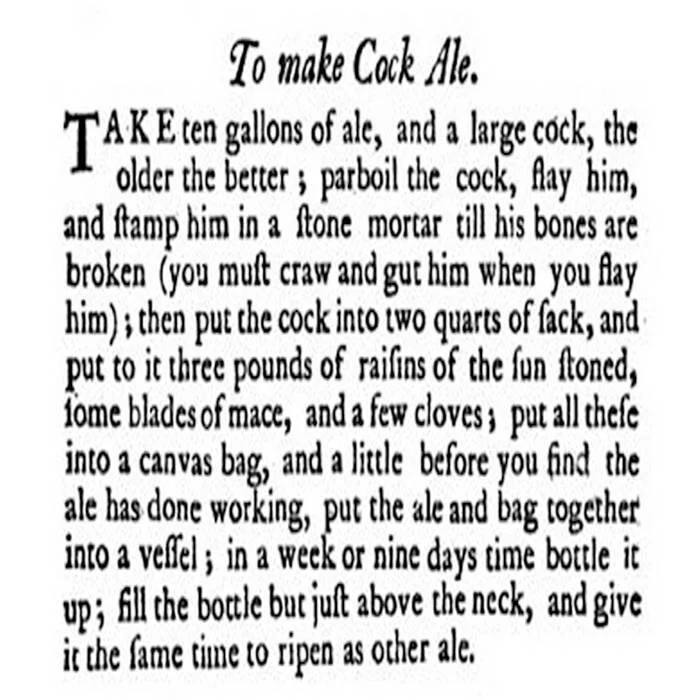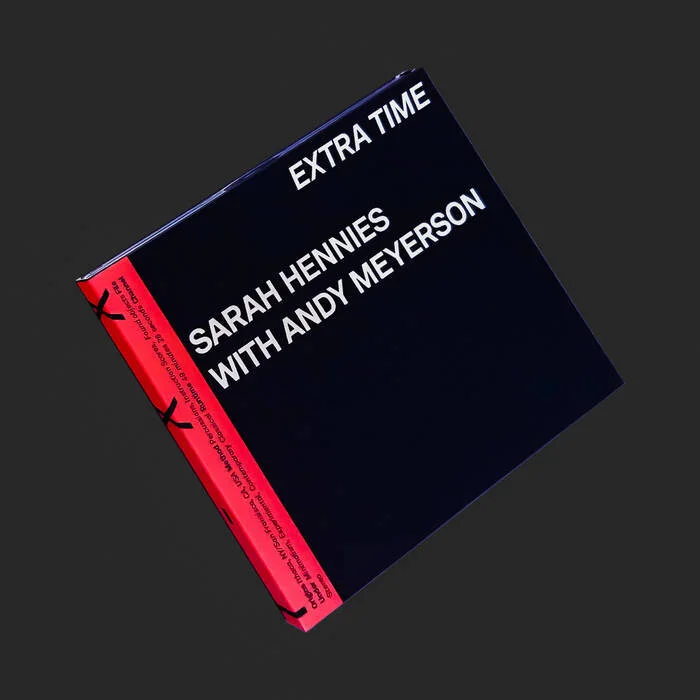
Earth People Downloads
Thank you, Earth People, for your support of TLES!
August Download
Music for Hard Times SFCM + SFGC : Book 2
Program notes by Timo Andres:
“The title acknowledges that times were hard in general, but hard for whom specifically? The music itself bears neither a geopolitical nor a personal message. Rather, it serves a social purpose—communal self-care. In quiet rebuke to the sleek, corporate rebranding of “self-care” that has taken place over the past decade, the Calming Strategies invite us not to buy something, but to make something for each other and for ourselves. And what, exactly, is being made? The original intention was to fashion a tool for musicians, and in turn, a balm for listeners. But the project proved to be much more than this. As they recorded their initial realizations, Andy and Travis realized that the Calming Strategies were improving their own senses of well-being, too. It was not merely the distraction of having a project, which felt somehow centering, but the specific qualities of the project itself. At times, The Strategies themselves ask players to use their own emotional responses as a gauge, becoming meditative exercises in the process. Strategy #1, for instance, is meant to last “slightly longer than you are comfortable, or until you feel it has made a significant effect on you”; #4 suggests adding “a small sound to your environment, to remind it you’re still there.”
Credits:
Written by Danny Clay
Recorded by Andy Meyerson, Travis Andrews, students from the San Francisco Conservatory of Music orchestra, and students from the San Francisco Girls Chorus
Mixed by Danny Clay
Mastered by Travis Andrews
Damn the Flood
Tracklist:
1 Damn the Flood
2 Flood Prototype 1
3 Flood Prototype 3
4 Flood Prototype 2
5 Bottomlands
Credits:
Andy Meyerson- vibraphone, percussion
Travis Andrews- processed electric guitar
Adrian Knight- Juno 6, Rhodes, electric guitar
David Lackner- saxophone
Matt Evans- gongs, bowls
Mike Advensky- percussion
Composed, produced, recorded and mixed by Adrian Knight
Mastered by Travis Andrews
(c) (p) Adrian Knight 2021. Published by Adrian Knight Music (ASCAP).
July Download
Damn the Flood (LP) by Adrian Knight
As with so many of my works, 'Damn the Flood' began as a series of prototypes: scaffolds of harmonies, rhythms and formal contours, a dimly neon-lit fog bank full of promise, the faintest outlines of some great discovery pulling me forward and inward. A circular maze of great ambiguity emerging, I felt strangely captivated and yet distant from my own creation: how did I end up here? And how do I proceed? How to get out? The resulting work was in answer to such questions, but it also carried the mutant gene of ambiguity out of the laboratory into the exalted chambers of 'the work'. The fleeting nature of running water and the timeless, malleable concept of an impending 'flood' were images that helped curate the selections made for the final version. Meanwhile, the prototypes receded back into oblivion, only to be rediscovered several years later.
In a way, the unearthed prototypes are like items lost in some mythical flood, preserved for future times by archivists. They are lenses through which 'the work' can be reappraised, redefined and contrasted. The sustained harmonies cruise undisturbed over endless bottomlands, gathering a multitude of instruments in its wake, gravitating toward a settlement. If in 'Damn the Flood' the findings have been consolidated, distilled and groomed, folded up to conserve time and space, the prototypes present those same findings unfurled, uncompressed. The sum total of these constituent parts yet again aligns with the flood metaphor: the materials thoroughly inspected, their possibilities probed, the maze flooded as the only means of escape…
May Download
Damn the Flood (track) by Adrian Knight
Electric guitar, percussion, synthesizer with prerecorded electronics (2017)
Damn the flood was commissioned by Post:Ballet and was premiered on March 3, 2017 at SOMArts, San Francisco as part of a dance performance choreographed by Robert Dekkers, with Brett Conway and Kar Will, and costumes by Christian Squires.
The work is in one continuous movement with five distinct harmonic areas. Throughout, melodic fragments from Here’s That Rainy Day gently obstruct the chords, foreshadowing the unexpected cameo of an invisible (prerecorded) saxophone towards the end.
The work is part of a series of works written for The Living Earth Show with or without additional instruments: Humble Servant (percussion solo), Family Man (electric guitar and percussion with electronics), and Damn the flood, culminating in the massive 12-movement Idea to Life (Success Stories) (alto sax, electric guitar, percussion, Rhodes/synth), in which the formerly invisible David Lackner is now given the lead.
Recorded April 2014 at Skymall Studio, Brooklyn
The Living Earth Show- Travis Andrews, electric guitar, Andy Meyerson, percussion
with Adrian Knight, Juno 106 synthesizer and David Lackner, prerecorded tenor saxophone
Pork Roll, Egg and Cheese on a Kaiser Bun
Composed by Ken Ueno
About this work:
For quarter-tone electric guitar and quarter-tone vibraphone.
I am a foodie. When I had a meal at Momofuku Ko, in New York, many years ago, one course changed my life: a spoonful of shaved, frozen foie gras. It was amazing. On one hand, it was nothing like I had ever had, stunning. As my body temperature melted the frozen fat in my mouth, it occurred to me that a wildly inventive, new, avant-garde sensation, need not be mutually exclusive from “comfort food.”
credits
released April 19, 2021
Composed by Ken Ueno
Performed by The Living Earth Show (Andy Meyerson & Travis Andrews)
Recorded at Fantasy Studios by Jesse Nichols
Mixing and mastering by Travis Andrews
Album image by Ken Ueno
Renvoi/Shards
composed by Brian Ferneyhough
About this work:
Renvoi/Shards was composed in 2007 by Stanford professor Brian Ferneyhough and given its United States premiere by The Living Earth Show in 2013. Christened “the favourite bogeyman of modern music” by The Telegraph in London, Ferneyhough crafts music that finds and annihilates the boundaries of performative complexity in contemporary music. Renvoi/Shards, Ferneyhough’s first and only piece that features the quartertone vibraphone, offers a stunningly diverse array of musical material in a union of virtuosity and physicality.
credits
released March 19, 2021
Composed by Brian Ferneyhough
Performed by The Living Earth Show (Andy Meyerson & Travis Andrews)
Recorded at the San Francisco Conservatory of Music
Mixing and mastering by Travis Andrews
Album image by Janice Echevarria
intEruptions
composed by Alden Jenks
About this work, Alden Jenks writes:
“When I first contemplated doing this piece, two characteristics of both players were foremost in my mind: Virtuosity, and Fun. Both very hard workers; both enjoy what they’re doing. These “Interruptions” are not rude; think of them as Intimate Eruptions. But the title likewise suggests the “bipolar” character of the composition: it changes abruptly between periods of activity (increasingly frantic) and periods of stillness.
Technical info: IntEruptions utilizes the capabilities of the “Live” software from Ableton Inc. The sound of the guitar passes through this software, by which means specifically designed changes take place in the Guitar sounds. The computer also plays a variety of pre-recorded sounds closely related to guitar or percussion. The percussion instruments are not modified electronically.”
credits
released March 4, 2021
Composed by Alden Jenks
Performed by The Living Earth Show (Andy Meyerson & Travis Andrews)
Recorded at the San Francisco Conservatory of Music
Mixing and Editing by Alden Jenks
A Natural History of Vacant Lots
composed by Christopher Cerrone
About this work, Christopher Cerrone writes:
“Having discarded several more bathetic titles, A Natural History of Vacant Lots struck me as providing a perfect analogy for this piece, originally composed as a quartet for Third Coast Percussion. I took it from the title of a book by Matthew Vessel and Herbert Wong describing the secondary flora and fauna found in abandoned lots. Subtitled “ambient music for percussion and electronics,” the work begins in an unusually stark manner: single notes are struck on vibraphones against an electronic soundtrack of the same pitch.
Much of the piece grows out of this initial note, first becoming a chorale, then slowly transforming into a dense forest of figuration over a period of about nine minutes. Though the growth of the material is extremely gradual, the things that emerge from the cycle of chords are sometimes surprising and veer quite far from the original material.
About a year after the premiere of the quartet version, my close friend and collaborator Andy Meyerson suggested a solo version of the piece as part of a dance project with the San Francisco based Post:ballet. Together, we reworked the piece, giving the live player the most essential music, while prerecording the rest and adding it to extant electronic accompaniment.”
The solo percussion score is available for purchase here:
www.eamdc.com/psny/composers/christopher-cerrone/works/a-natural-history-of-vacant-lots-2/
credits
released January 28, 2021
Composed by Christopher Cerrone
Performed by Andy Meyerson
Recorded by Robert Preston at Get Reel Studios in San Francisco, California
Mixing and Editing by Mike Tierney and Christopher Cerrone
Album image by Scott Hunt (“A Blood-dimmed Tide”)
The North Pacific Garbage Patch
composed by Damon Waitkus
About this work:
Around the time I was writing this piece in 2011, I read an article on The Great Pacific Garbage Patch, a massive deposit of human debris, mostly plastic, that has been accumulating for decades in the middle of the Pacific Ocean. Bits of floating plastic are wreaking havoc on marine life—disturbing algae growth upon which whole food chains depend by blocking out light, leaching toxic chemicals into the water, and killing marine animals that accidentally ingest it. This, like so many other anthropocene-era threats to life as we know it on the Earth requires a level of international coordination that is so difficult to imagine actually happening, it is easy to fall into a dangerous sense of helplessness. There is little peace in this piece—it is largely an expression of anxiety, anger, and bewilderment at the scale of the problems before us.As far as the music is concerned, my process here was intuitive and emotional. Although I’m at home working with rock instruments, this is the heaviest piece of music I’ve ever written, stylistically, by a wide margin. I’m not sure where that came from!I was bowled over by The Living Earth Show’s… more
credits
released December 28, 2020
Composed by Damon Waitkus
Performed by The Living Earth Show (Andy Meyerson & Travis Andrews)
Recorded at Women’s Audio Mission
Engineered by Maya Finlay & Travis Andrews
Produced & Mixed by Damon Waitkus & Travis Andrews
Mastered by Ryan Kleeman
Stamp him in a Stone Mortar till his Bones are Broken
Composed by Quinn Collins
About this work, Quinn Collins writes:
This piece has a very long and weird name. The title comes from a recipe for cock ale, which can be found in The Compleat Housewife, a cookbook written by Eliza Smith and first published in London in 1727:”Take ten gallons of ale, and a large cock, the older the better; parboil the cock, flay him, and stamp him in a stone mortar till his bones are broken (you must craw and gut him when you flay him); then put the cock into two quarts of sack, and put it to three pounds of raisins of the sun stoned, some blades of mace, and a few cloves; put all these into a canvas bag, and a little before you find the ale has done working, put the ale and bag together into a vessel; in a week or nine days time bottle it up; fill the bottle but just above the neck, and give the same time to ripen as other ale.”
Of course the whole recipe and the idea that a raw chicken would somehow enhance a beer’s flavor is pretty strange. It was a custom in brewing for a long time to try things like this, like dumping rats in the vat with the belief that they would increase the product’s overall alcohol content. For much of beer’s history from antiquity onward, it remained a mysterious liquid with magical significance. It still seems that way sometimes. However, the thing I found oddest about it is how it anthropomorphizes the ingredient in personal pronouns, which made the whole recipe seem all the more alien and savage. With instructions to commit acts of violence on the carcass of a once-living creature, it almost comes across as an act of ritual sacrifice. And it just sounds really metal.
The piece was built by fitting its material into a predetermined temporal cast like Brutalist architecture, where a rigid, overall structure is planned and constructed beforehand, and it takes form when concrete is poured into the mold. It was written for The Living Earth Show and So Percussion in 2015.
credits
released December 28, 2020
Composed by Quinn Collins
Performed by The Living Earth Show (Andy Meyerson & Travis Andrews)
Recorded at Princeton University-Woolworth Center of Musical Studies-Studio A
Engineered by Quinn Collins & Travis Andrews
Produced & Mixed by Quinn Collins & Travis Andrews
Mastered by Ryan Kleeman
Extra Time
Composed by Sarah Hennies
About this work:
Working with a variety of musical, sociopolitical, and psychological issues, the American composer/percussionist Sarah Hennies often explores queer & trans identity, love, intimacy, psychoacoustics, and percussion. All pieces in Extra Time are intricate reworked versions of various elements of well-known songs by Prince, in an acoustic percussion-work situation. This volume could be Hennies’ conceptual method of re-constructing popular culture while testing the limits of technical virtuosity at the same time.








